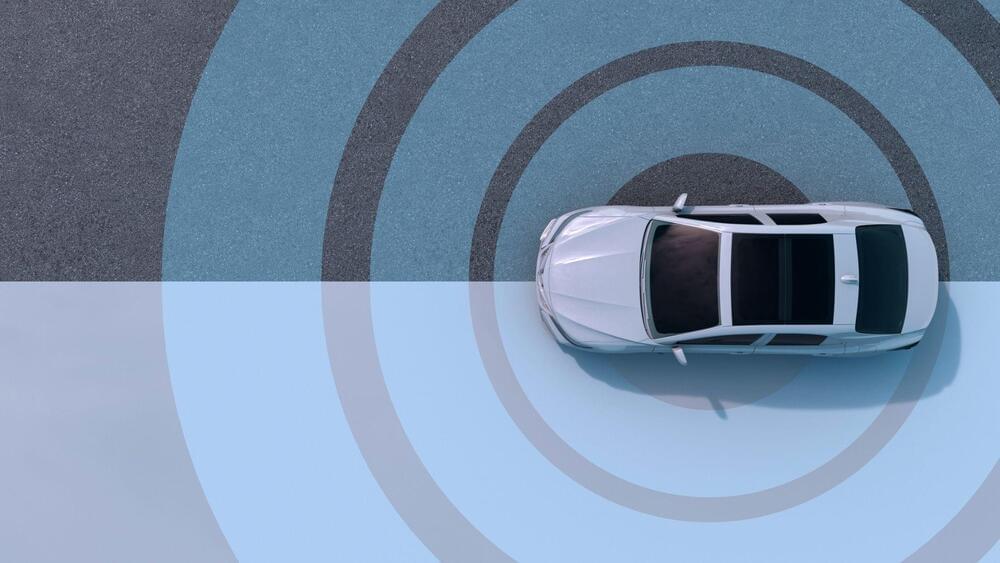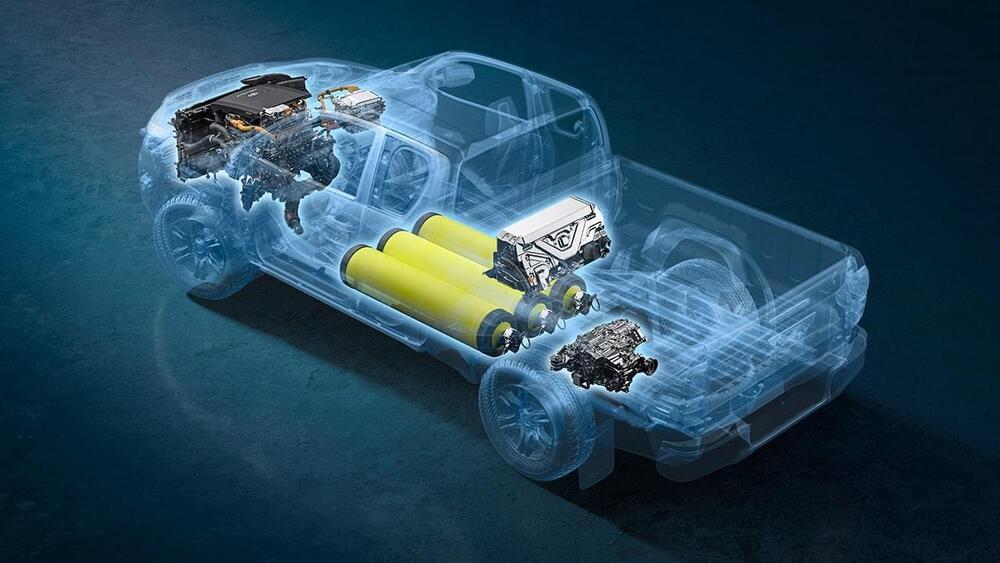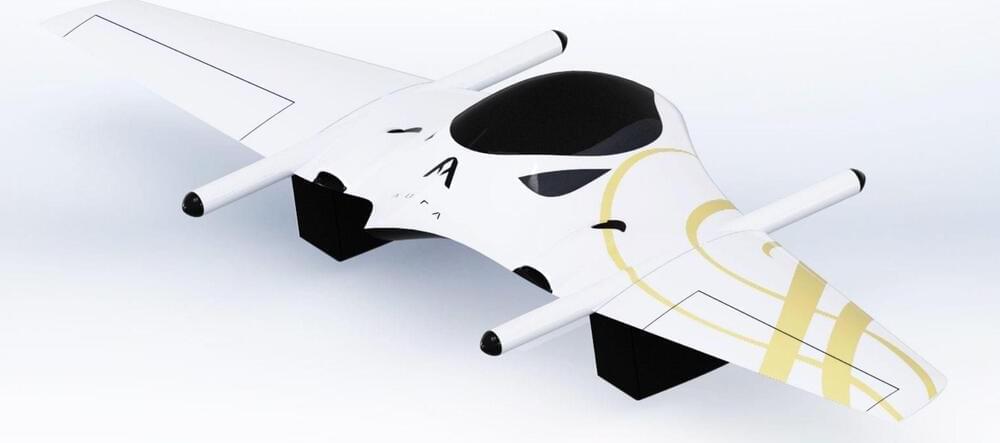Researchers at Worcester Polytechnic Institute recently created OmniWheg, a robotic system that can adapt its configuration while navigating its surrounding environment, seamlessly changing from a wheeled to a legged robot. This robot, introduced in an IEEE IROS 2022 paper, pre-published on arXiv, is based on an updated version of the so-called “whegs,” a series of mechanisms design to transform a robot’s wheels or wings into legs.
“Quadruped and biped robots have been growing in popularity, and the reason for that might be the search for ‘anthropomorphization’ that the general audience commonly engages in,” Prof. Andre Rosendo, one of the researchers who developed the robot, told TechXplore. “While ‘being capable of going everywhere we go’ sounds like an exciting appeal, the energetic cost of legs is very high. We humans have legs because that is what evolution gave us, but we wouldn’t dare to create a ‘legged car,’ as we know that this ride wouldn’t be as comfortable or energy efficient as a wheeled car ride.”
The key idea behind the recent work by Rosendo and his colleagues is that while legs make robots more relatable, giving them a human-or animal-like quality, they are not always the optimal solution to ensure that robots complete tasks quickly and efficiently. Instead of developing a robot with a single locomotion mechanism, the team thus set out to create a system that can switch between different mechanisms.






